Home>Interior Design>How To Clean Faux Leather And Retain Its Authentic Look
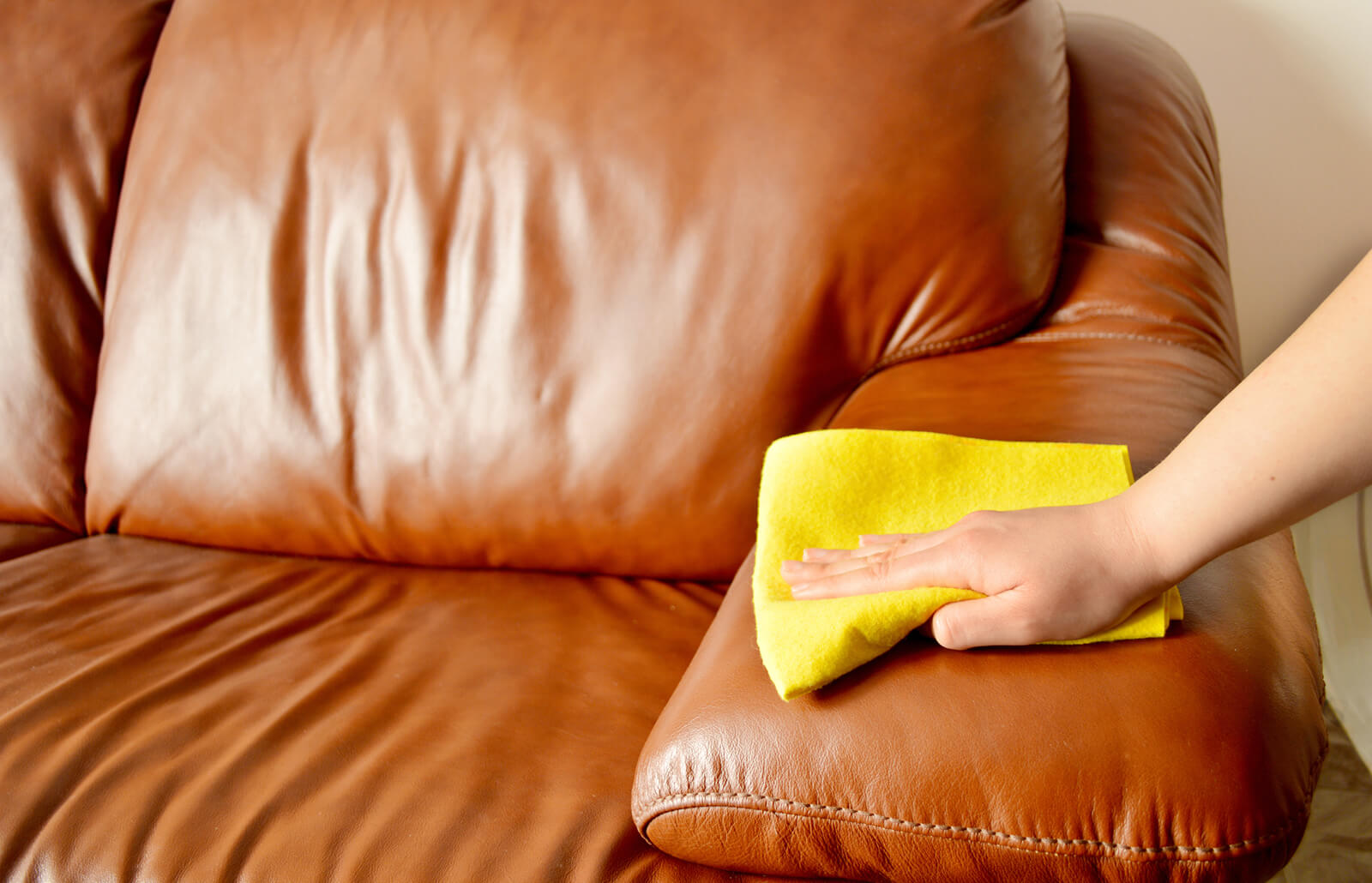

Interior Design
How To Clean Faux Leather And Retain Its Authentic Look
Modified: January 5, 2024
Discover effective techniques to clean and maintain the authentic appearance of faux leather in interior design. Enhance the longevity of your furniture with our detailed cleaning guide.
(Many of the links in this article redirect to a specific reviewed product. Your purchase of these products through affiliate links helps to generate commission for Storables.com, at no extra cost. Learn more)
Introduction
Faux leather has emerged as a popular choice in interior design, offering a stylish and affordable alternative to genuine leather. Whether it’s on furniture, flooring, or accessories, faux leather adds a touch of sophistication to any space. However, like any material, faux leather requires regular cleaning and maintenance to retain its authentic look and durability.
In this article, we will explore the best practices for cleaning and caring for faux leather to ensure that it continues to look its best for years to come. We will provide step-by-step instructions and tips on gathering the necessary supplies, preparing the faux leather for cleaning, removing dust and debris, treating stains and spills, conditioning and moisturizing the material, and maintaining its authentic look.
Understanding the nature of faux leather is crucial before delving into the cleaning process. Faux leather, also known as synthetic leather or pleather, is a man-made material designed to mimic the appearance and texture of genuine leather. It is typically made from a fabric base, such as polyester or nylon, which is coated with a layer of polyurethane or vinyl. This coating gives faux leather its characteristic leather-like look and feel.
While faux leather offers many advantages, such as being more affordable and animal-friendly compared to genuine leather, it is not without its cleaning challenges. The material is prone to accumulating dust, dirt, and stains over time, and improper cleaning techniques can damage or discolor the surface. To ensure the longevity and beauty of your faux leather items, it’s essential to adopt a regular cleaning routine using the right tools and methods.
So, without further ado, let’s dive into the world of faux leather cleaning and discover how to keep this stylish material looking its best!
Key Takeaways:
- Proper cleaning and maintenance of faux leather are essential to retain its authentic look and durability. Regular cleaning, gentle treatment of stains, and avoiding harsh chemicals are crucial for preserving the material’s appearance and longevity.
- Understanding the unique properties of faux leather and following specific care instructions are key to maintaining its pristine condition. By adopting simple maintenance practices and addressing stains promptly, you can ensure that your faux leather items remain stylish and elegant for years to come.
Understanding Faux Leather
Faux leather, also known as synthetic leather or pleather, has gained popularity as a versatile and cost-effective alternative to genuine leather in interior design. It is designed to mimic the appearance and texture of real leather while offering a more affordable and cruelty-free option.
Faux leather is typically made from a fabric base, such as polyester or nylon, which is then coated with a layer of polyurethane or vinyl. This coating gives faux leather its leather-like look and feel. It can be found in various forms, including upholstery for furniture, flooring, bags, and accessories.
One of the major advantages of faux leather is its durability. It is less prone to wear and tear, scratches, and cracking compared to genuine leather. This makes it an excellent choice for high-traffic areas or households with pets and children.
Another benefit of faux leather is its resistance to stains and fading. Unlike genuine leather, which requires regular conditioning and protection to maintain its appearance, faux leather is more resistant to spills and sun exposure. However, it is still important to address stains promptly to prevent them from setting into the material.
When it comes to cleaning faux leather, it’s important to use gentle methods and avoid harsh chemicals or abrasive tools that can damage the surface. This is because the polyurethane or vinyl coating can be sensitive to chemicals and may peel or crack if exposed to harsh cleaning agents.
Understanding the characteristics of faux leather will help you choose the right cleaning approach and products. It’s important to note that not all faux leather is created equal, and different manufacturers may have specific care instructions for their products.
Before diving into the cleaning process, always check the care label or manufacturer’s recommendations for your specific faux leather item. This will provide you with valuable insights into the best practices for maintaining and cleaning the material.
Now that we have a solid understanding of what faux leather is and its unique properties, let’s move on to the next step: gathering the necessary cleaning supplies.
Gathering the Cleaning Supplies
Before you begin cleaning faux leather, it’s important to gather the necessary supplies to ensure a thorough and effective cleaning process. Having the right tools and products will not only make the task easier but also help protect the material from damage.
Here is a list of essential cleaning supplies you will need:
- Mild Soap or Detergent: Look for a mild soap or detergent that does not contain harsh chemicals or fragrances. Avoid using bleach or ammonia-based cleaners, as they can strip the faux leather of its protective coating.
- Water: You will need clean water for diluting the soap or detergent and rinsing the faux leather.
- Soft Cloth or Sponge: Choose a soft, non-abrasive cloth or sponge to apply the cleaning solution gently. Microfiber cloths are an excellent option as they are gentle on the surface and lint-free.
- Soft Bristled Brush: A soft-bristled brush, such as a toothbrush or a soft upholstery brush, can be useful for gently scrubbing stubborn stains or reaching crevices.
- Vinegar or Rubbing Alcohol: In case of oily stains or stubborn spots, having vinegar or rubbing alcohol can be helpful. However, be cautious when using these products and test them on a small, inconspicuous area first to avoid any potential damage.
- Conditioner or Moisturizer: While not necessary for regular cleaning, a good-quality faux leather conditioner or moisturizer can help keep the material soft and supple. Look for products specifically designed for faux leather.
- Lint Roller: A lint roller is handy for removing pet hair or lint from the faux leather surface before cleaning.
- Protective Gloves: It’s a good idea to wear protective gloves, such as rubber or latex gloves, to protect your hands from any potential skin irritation or chemical exposure.
Make sure to have all these supplies readily available before you begin the cleaning process. This will help you save time and ensure that you are adequately prepared to tackle any dirt, stains, or spills on your faux leather items.
Now that you have gathered all the necessary cleaning supplies, it’s time to move on to the next step: preparing the faux leather for cleaning.
Preparing the Faux Leather for Cleaning
Before you start cleaning your faux leather items, it’s important to properly prepare the surface to ensure effective and safe cleaning. Preparing the faux leather involves a few simple steps that will help remove surface dirt and ensure that the cleaning process goes smoothly.
Here’s how to prepare faux leather for cleaning:
- Remove Loose Dirt and Debris: Begin by using a soft brush or a lint roller to remove any loose dirt, dust, or debris from the surface of the faux leather. This will prevent these particles from scratching the material during the cleaning process.
- Dust with a Dry Cloth: Next, take a clean, dry cloth and gently wipe down the faux leather to remove any remaining dust or loose particles. This step will further ensure that the surface is clean and ready for deeper cleaning.
- Check for Stains and Spills: Inspect the faux leather surface carefully for any visible stains or spills. Take note of the type and location of the stains, as they may require specific cleaning methods or products.
- Perform a Spot Test: Before applying any cleaning solution or product to the entire surface, it’s essential to perform a spot test on a small, inconspicuous area of the faux leather. This will help you determine the product’s compatibility and avoid any potential damage or discoloration.
By following these preparation steps, you can ensure that the faux leather is ready for a thorough cleaning. Removing loose dirt, dust, and debris will prevent scratching, while identifying and treating specific stains beforehand will help you select the most appropriate cleaning method.
Once you have prepared the faux leather, you are ready to move on to the next step: removing dust and debris from the surface.
Removing Dust and Debris
Regularly removing dust and debris from your faux leather items is essential to maintain their pristine appearance and prevent scratches. Dust particles and loose debris can accumulate on the surface and, if left unattended, can cause the material to look dull and worn over time.
Here are the steps to effectively remove dust and debris from faux leather:
- Use a Soft Brush: Begin by gently brushing the surface of the faux leather with a soft brush. A soft-bristled brush, like a toothbrush or a specialized upholstery brush, works well for this task. This will help loosen and dislodge any dust or debris that may be sitting on the surface.
- Start from Top to Bottom: It’s best to start brushing from the top of the item and work your way down. This ensures that any dislodged dust or debris falls onto previously cleaned areas, preventing further contamination.
- Pay Attention to Crevices: Pay special attention to crevices, seams, and stitching where dust can accumulate. Use the brush to gently reach these areas and remove any trapped particles.
- Lint Roller or Vacuum: After brushing the surface, use a lint roller or a vacuum cleaner with a brush attachment to collect any loose particles. Gently roll the lint roller over the faux leather or use the vacuum cleaner to suck up the debris. This step will ensure a thorough removal of all dust and dirt.
- Inspect and Repeat if Necessary: After removing the dust and debris, take a close look at the faux leather to check for any remaining particles. If you notice any, repeat the above steps until the surface is clean and free from dust.
By following these steps, you can effectively eliminate dust and debris from your faux leather items. Regularly incorporating this practice into your cleaning routine will help maintain the material’s authentic look and prolong its lifespan.
Now that you have successfully removed the dust and debris, it’s time to address any stubborn stains or spills on the faux leather surface. We will discuss effective techniques for treating stains in the next section.
Use a mild soap and water solution to gently clean faux leather, then wipe it dry with a clean cloth. Avoid harsh chemicals and excessive scrubbing to retain its authentic look.
Read more: How To Clean Faux Leather Recliner
Treating Stains and Spills
Accidents happen, and faux leather is not immune to stains and spills. Whether it’s a coffee stain on your faux leather sofa or a food spill on your faux leather bag, addressing stains promptly is crucial to prevent them from setting into the material and causing permanent damage.
Here are the steps to effectively treat stains and spills on faux leather:
- Blot the Stain: For liquid spills, begin by blotting the affected area with a clean cloth or paper towel. This will help absorb the liquid and prevent it from spreading further into the faux leather.
- Avoid Rubbing: When dealing with stains, avoid rubbing the affected area vigorously. This can push the stain deeper into the material and worsen the damage. Instead, use gentle dabbing or blotting motions to lift the stain.
- Spot Cleaning Solution: Depending on the type of stain, you may need to use a suitable spot cleaning solution. For general stains, a mild soap or detergent diluted with water can be effective. For oily stains, a mixture of equal parts water and vinegar or rubbing alcohol can be used. Always test any cleaning solution on a small, inconspicuous area before applying it to the stain.
- Apply the Cleaning Solution: Dip a clean cloth or sponge into the cleaning solution and gently dab the stain. Avoid saturating the faux leather with excessive liquid. Instead, work in small sections and apply the solution sparingly.
- Gentle Scrubbing: For stubborn stains, you can use a soft-bristled brush or a toothbrush to gently scrub the area in circular motions. Be careful not to apply too much pressure or scrub aggressively, as this can damage the faux leather surface.
- Rinse with Clean Water: Once you have treated the stain, dampen a clean cloth or sponge with clean water and gently wipe the area to remove any residue from the cleaning solution.
- Dry the Surface: After cleaning, use a dry cloth or towel to gently pat the faux leather dry. Avoid using a hairdryer or exposing the faux leather to direct heat, as it can cause the material to crack or warp.
Keep in mind that different types of stains may require different cleaning methods or products. Always refer to the manufacturer’s instructions or consult a professional if you are unsure about treating a specific stain.
By promptly addressing stains and spills and using the appropriate cleaning techniques, you can effectively maintain the pristine look of your faux leather items. Now, let’s move on to the next step: conditioning and moisturizing the faux leather.
Conditioning and Moisturizing the Faux Leather
Conditioning and moisturizing faux leather is an important step in its care routine. While faux leather is designed to be more resistant to drying out compared to genuine leather, it can still benefit from periodic conditioning and moisturization to keep it looking and feeling its best.
Here’s how to effectively condition and moisturize faux leather:
- Choose the Right Product: Look for a high-quality faux leather conditioner or moisturizer specifically designed for this type of material. Avoid using products meant for genuine leather, as they may contain ingredients that can damage the faux leather coating.
- Perform a Spot Test: Before applying the conditioner or moisturizer to the entire surface, perform a spot test on a small, inconspicuous area of the faux leather. This will ensure that the product is compatible and does not cause any discoloration or damage.
- Apply the Product: Following the manufacturer’s instructions, apply a small amount of the conditioner or moisturizer onto a clean, soft cloth. Gently rub the cloth onto the faux leather surface in circular motions, ensuring even coverage.
- Allow Absorption: Allow the conditioner or moisturizer to absorb into the faux leather for the recommended amount of time. This will vary depending on the product you are using, so refer to the instructions for guidance.
- Remove Excess Product: After the absorption time has passed, use a clean, dry cloth to gently remove any excess conditioner or moisturizer from the surface. Be sure to remove all traces of the product to prevent a sticky or greasy residue.
- Buff the Surface: Finally, use a clean, soft cloth to gently buff the faux leather surface. This will help restore its shine and leave it looking smooth and polished.
Regularly conditioning and moisturizing faux leather can help prevent it from drying out, cracking, or becoming stiff over time. It can also enhance the material’s natural sheen and texture, giving it a fresh and vibrant appearance.
Remember, conditioning and moisturizing should be done periodically, following the manufacturer’s recommendations, to avoid over-treating the faux leather. Excessive application of conditioner or moisturizer can lead to a greasy or sticky surface, so apply only as directed.
With the conditioning and moisturizing step complete, we now move on to the final section: maintaining the authentic look of faux leather.
Maintaining the Authentic Look of Faux Leather
To ensure that your faux leather retains its authentic look and durability for years to come, it’s important to adopt a few simple maintenance practices. By incorporating these practices into your routine, you can extend the lifespan of your faux leather items and keep them looking stylish and fresh.
Here are some tips for maintaining the authentic look of faux leather:
- Regular Cleaning: Regularly cleaning your faux leather items is crucial to remove dirt, dust, and stains. Set a schedule for cleaning and follow the steps outlined in this article to keep the surface clean and free from debris.
- Avoid Harsh Chemicals: When cleaning faux leather, avoid using harsh chemicals or abrasive cleaning agents. These can strip away the protective coating and damage the material. Stick to mild soap or detergent and gentle cleaning methods.
- Protect from Direct Sunlight: Direct sunlight can cause faux leather to fade and discolor over time. Avoid placing your faux leather items in areas where they are exposed to prolonged sunlight. Consider using curtains or shades to block out UV rays.
- Use Coasters and Mats: To prevent spills and stains, use coasters and mats on faux leather surfaces. This will protect them from damage caused by liquids, heat, or sharp objects. Encourage family members and guests to be mindful of placing items on the faux leather surface.
- Avoid Sharp Objects: Faux leather can be prone to scratches and punctures. Avoid using sharp or pointed objects near the faux leather surfaces to prevent accidental damage. Be cautious when wearing jewelry or clothing with sharp edges that can potentially scratch the material.
- Keep Pets Away: Although faux leather is more resistant to scratches than genuine leather, it’s still a good idea to keep pets away from faux leather furniture or accessories to prevent any accidental damage. Provide them with alternative surfaces or furniture for their comfort.
- Address Stains Promptly: When spills or stains occur, it’s important to address them promptly to prevent them from setting into the material. Follow the steps outlined in the “Treating Stains and Spills” section of this article to effectively remove stains without causing further damage.
- Avoid Excessive Heat and Humidity: Faux leather can be affected by extreme heat and humidity. Avoid placing faux leather items too close to heat sources like radiators or fireplaces, as this can cause the material to warp or shrink. Additionally, excessive humidity can lead to mold or mildew growth, so keep faux leather items in a well-ventilated area.
By following these maintenance tips, you can ensure that your faux leather items stay in excellent condition and retain their authentic look. Regular cleaning, protection from sunlight and spills, and practicing caution around the material will help prolong the life of your faux leather and keep it looking beautiful for years to come.
Now that you have all the information you need to maintain the authentic look of faux leather, it’s time to put these tips into practice and enjoy the durability and elegance of this versatile material.
Do you need any further assistance or information?
Conclusion
Faux leather offers a stylish and affordable alternative to genuine leather in interior design. By understanding the nature of faux leather and adopting proper cleaning and maintenance practices, you can ensure that your faux leather items retain their authentic look and durability for years to come.
We have explored the key aspects of cleaning and caring for faux leather, from gathering the necessary cleaning supplies to preparing the surface for cleaning, removing dust and debris, treating stains and spills, conditioning and moisturizing, and maintaining the material’s authentic look.
Remember that faux leather, although more resistant to wear and tear than genuine leather, still requires regular attention and care. Regular cleaning, avoiding harsh chemicals, protecting it from direct sunlight, using coasters and mats, and addressing stains promptly are all essential practices to maintain the authenticity and longevity of faux leather items.
By following the steps and tips outlined in this article, you can keep your faux leather furniture, flooring, bags, and other accessories looking their best. Remember to always check the care instructions provided by the manufacturer to ensure you follow their specific recommendations.
Taking care of your faux leather not only enhances its appearance but also helps preserve its value and extends its lifespan. So, embrace the beauty and versatility of faux leather and enjoy the many benefits it brings to your interior design.
If you have any further questions or need additional assistance, feel free to reach out. Happy cleaning and caring for your faux leather items!
Best regards,
Your Name
Frequently Asked Questions about How To Clean Faux Leather And Retain Its Authentic Look
Was this page helpful?
At Storables.com, we guarantee accurate and reliable information. Our content, validated by Expert Board Contributors, is crafted following stringent Editorial Policies. We're committed to providing you with well-researched, expert-backed insights for all your informational needs.
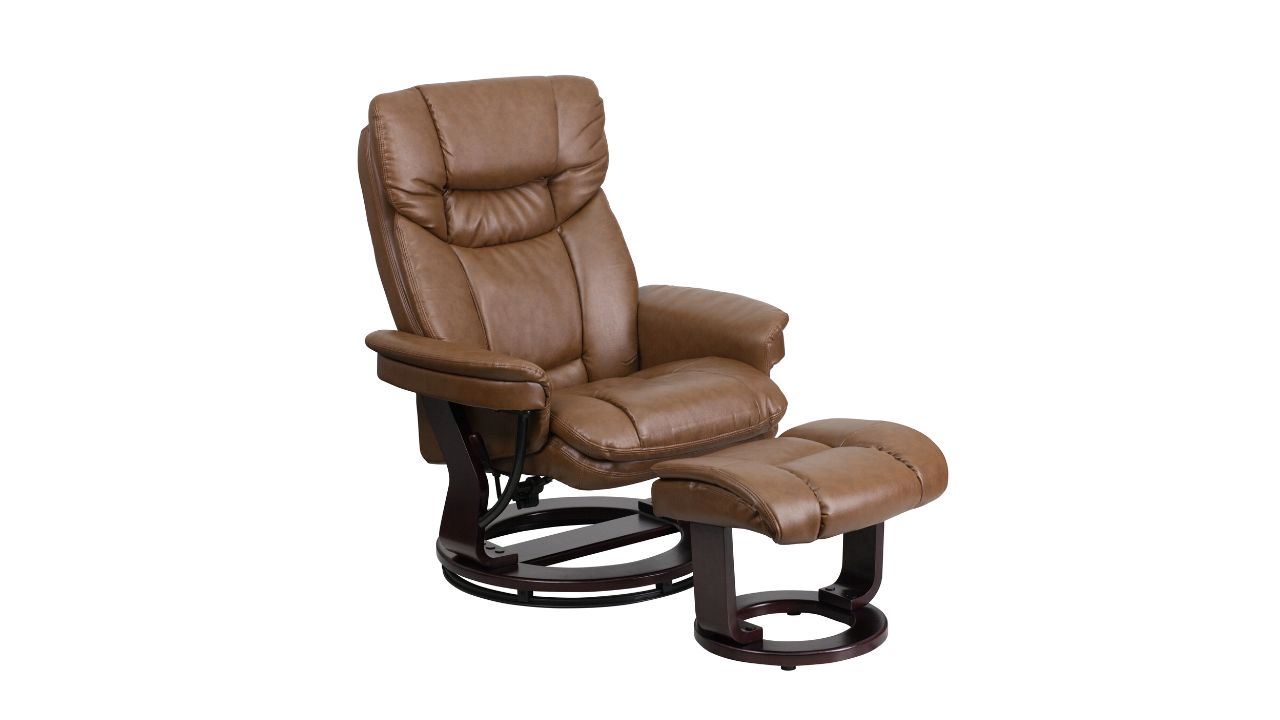
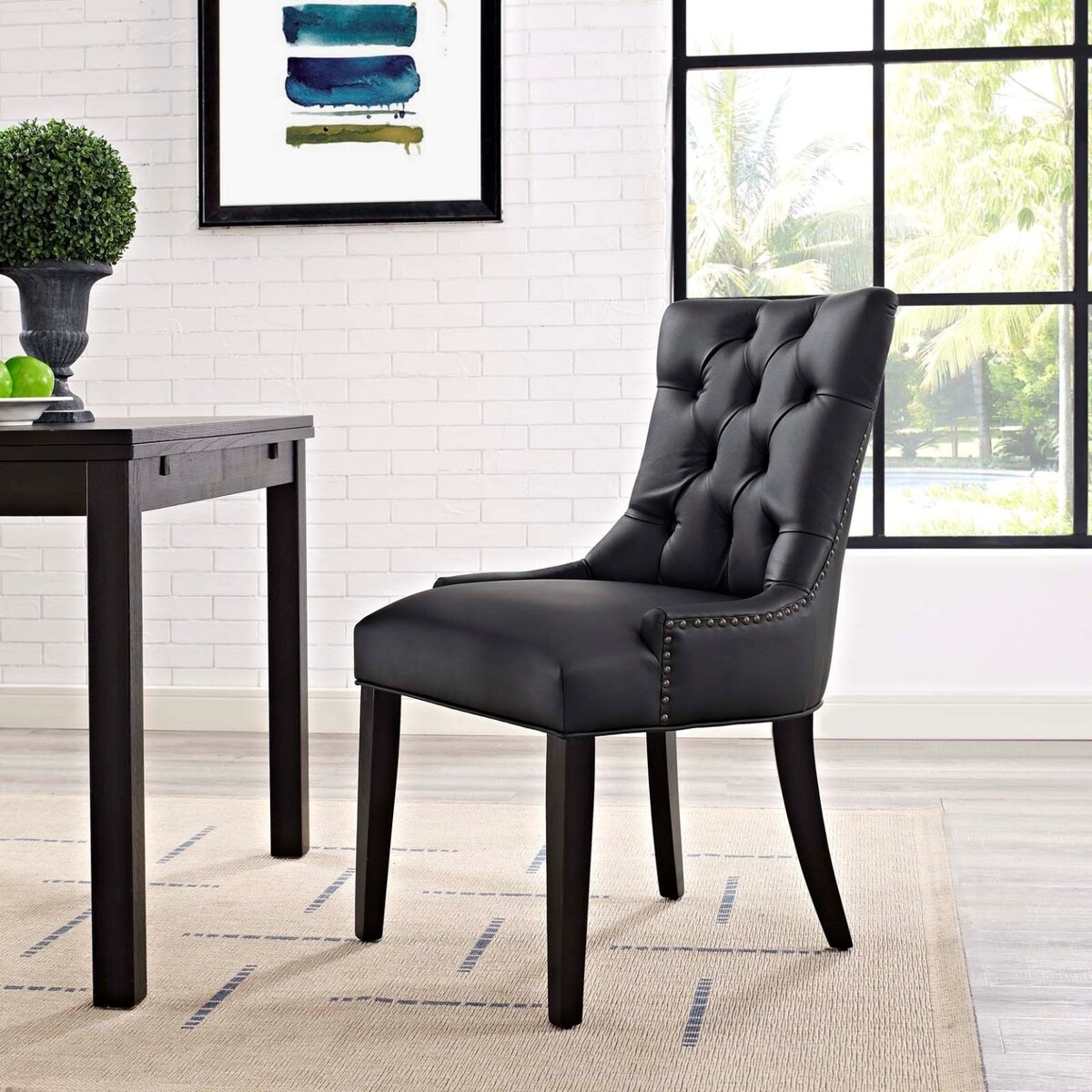
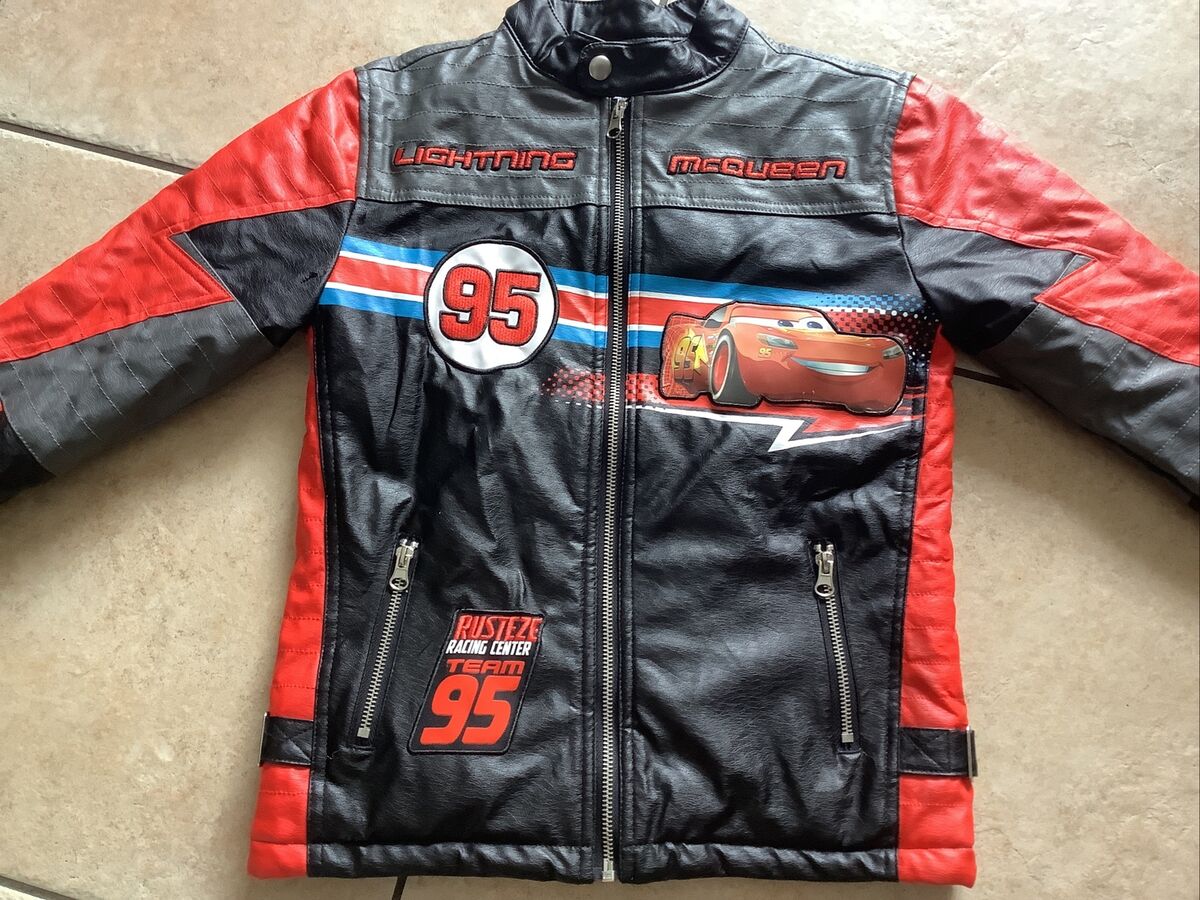
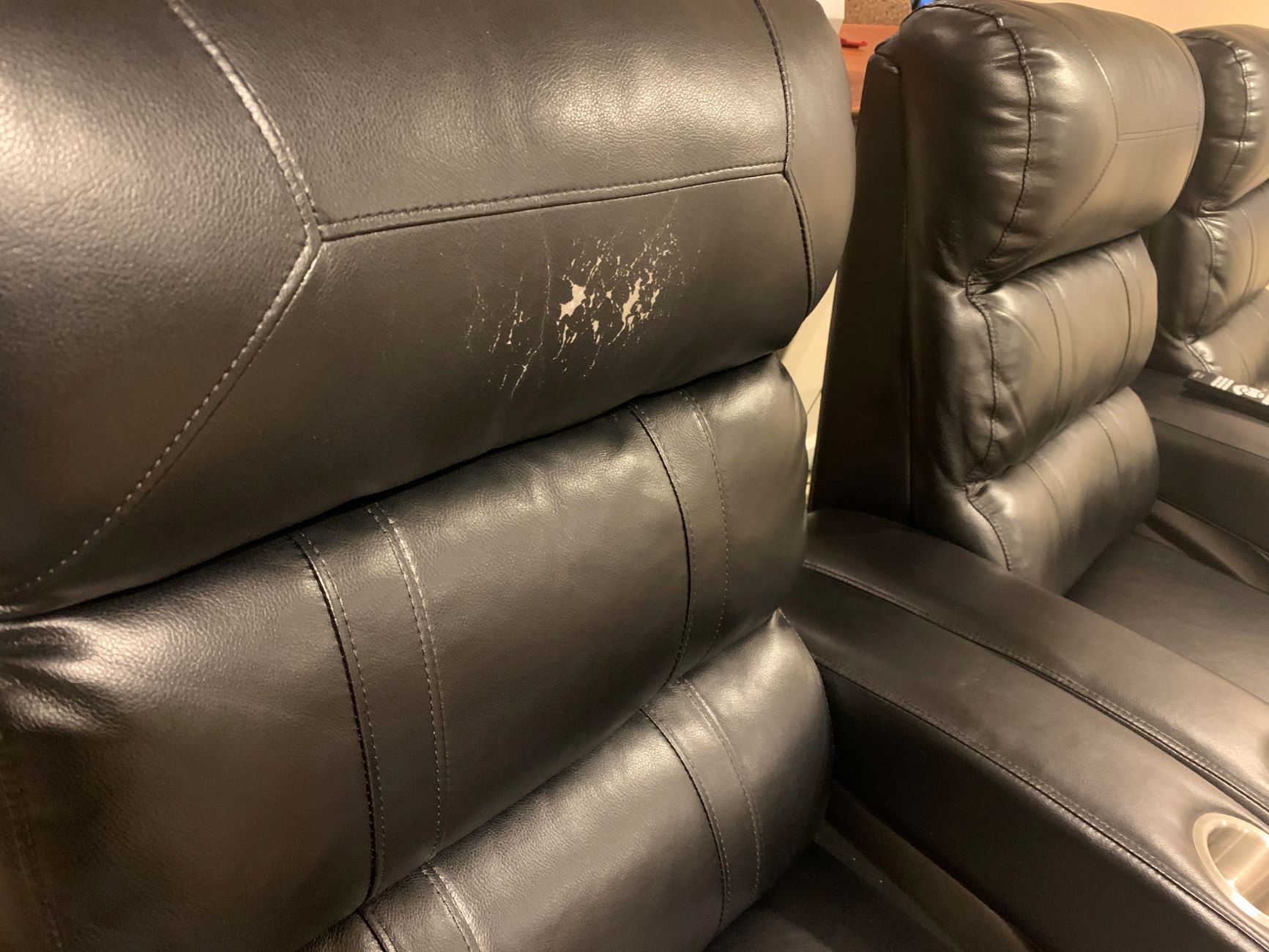
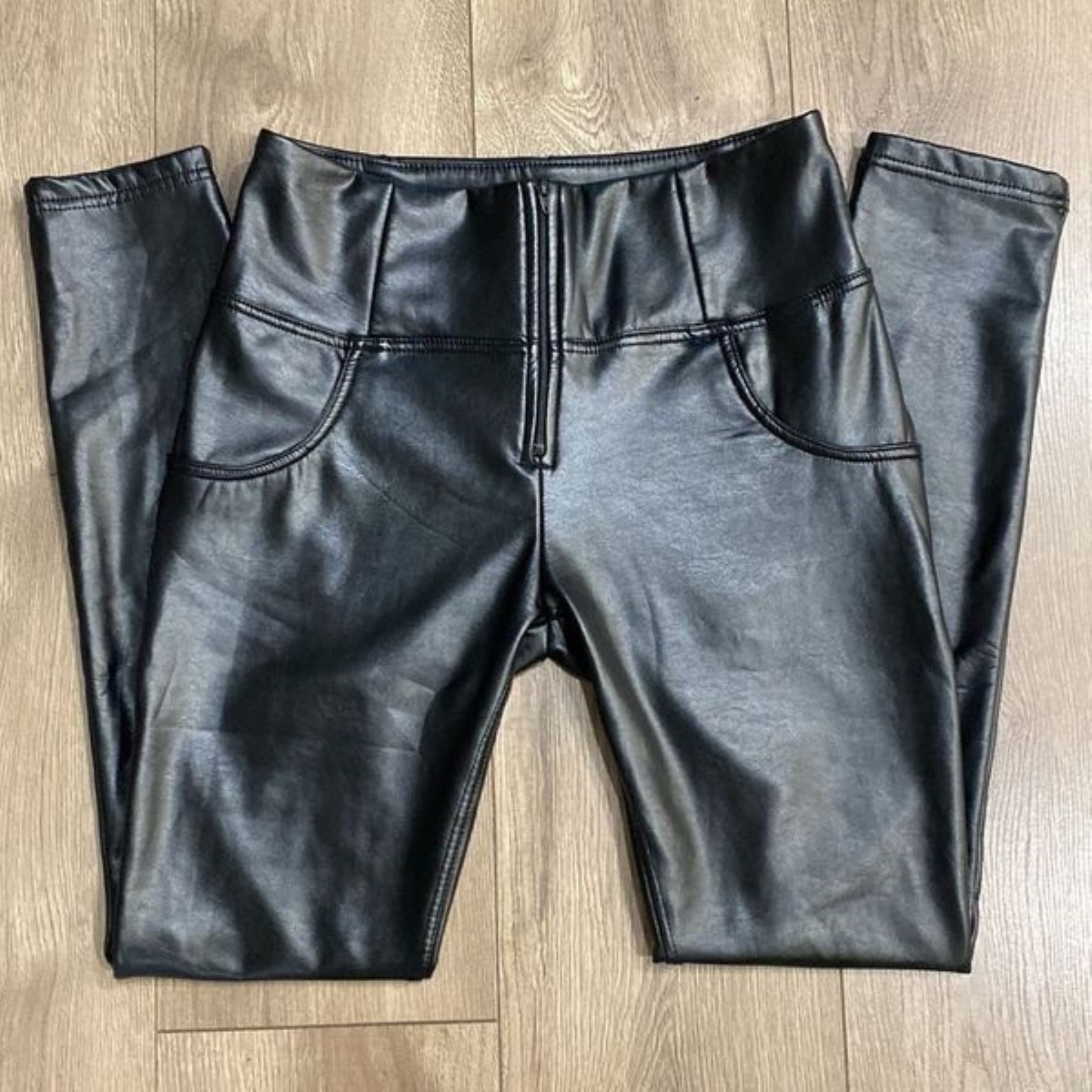
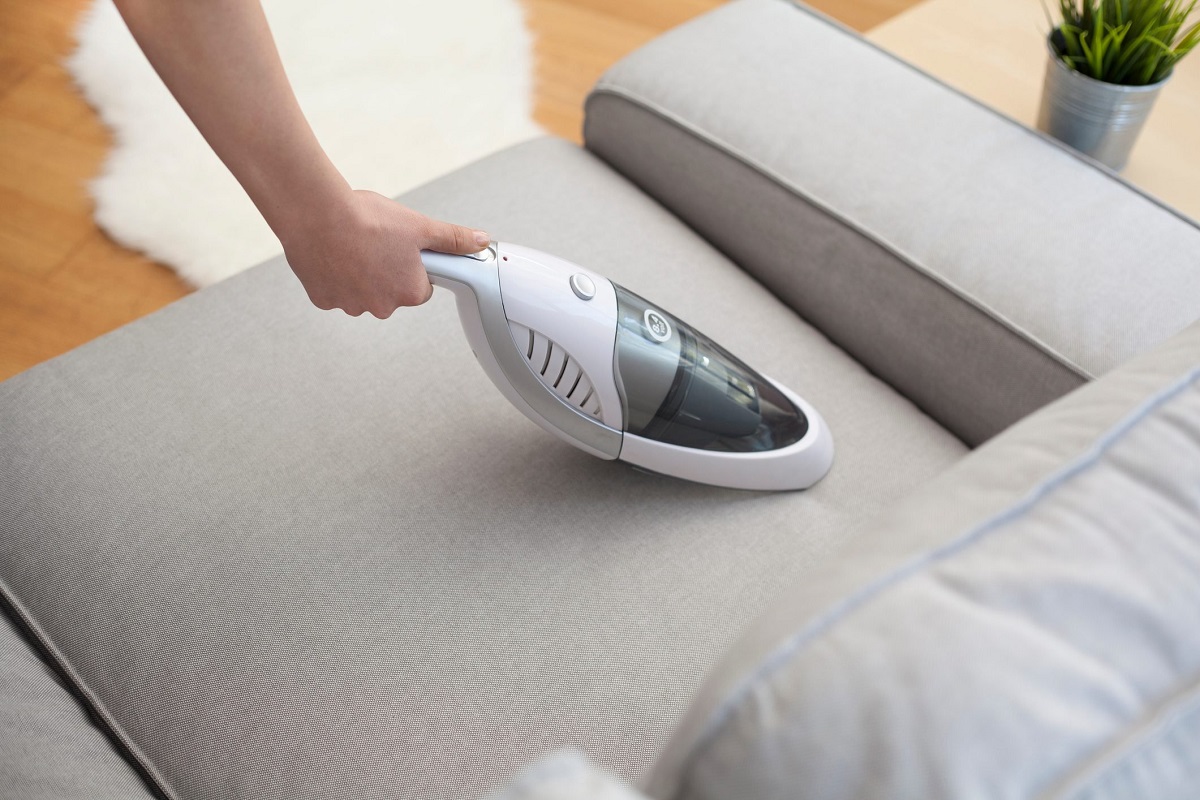
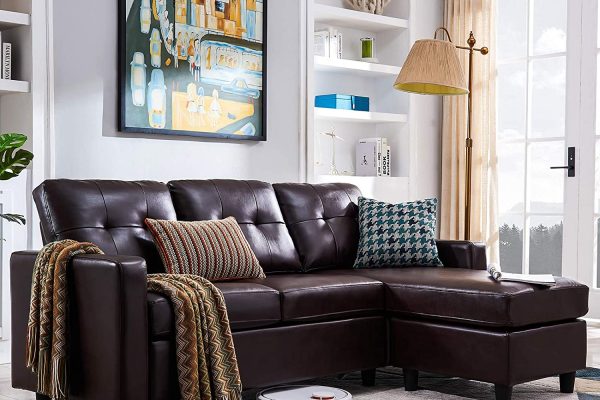
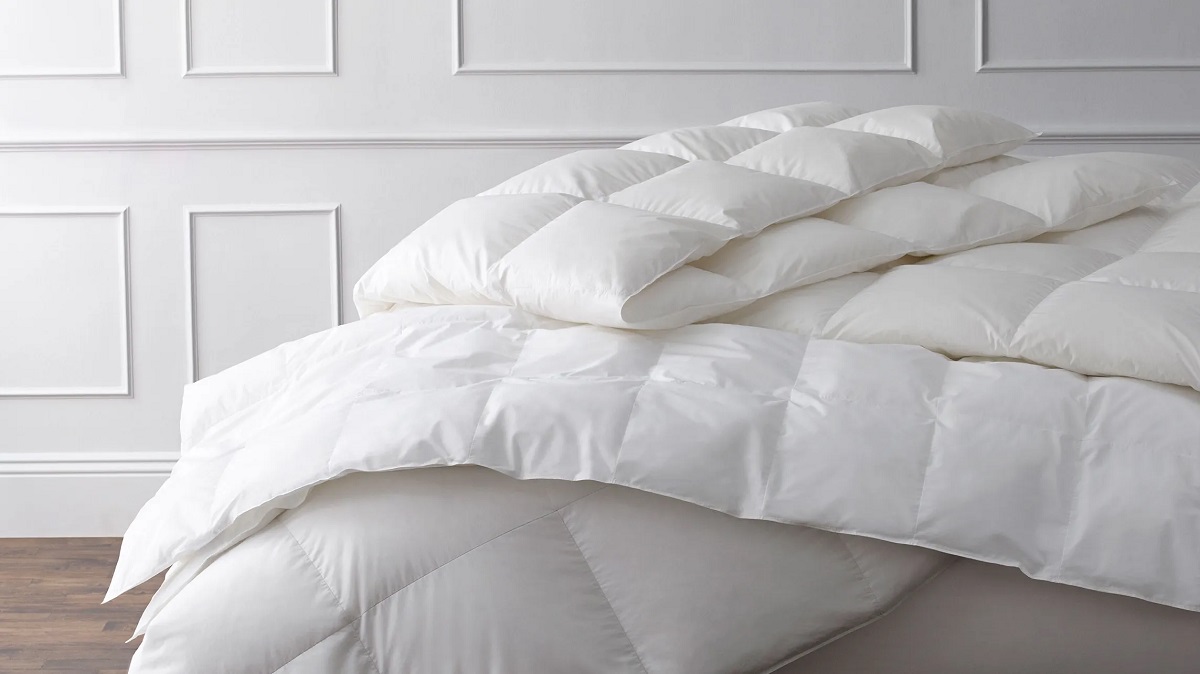
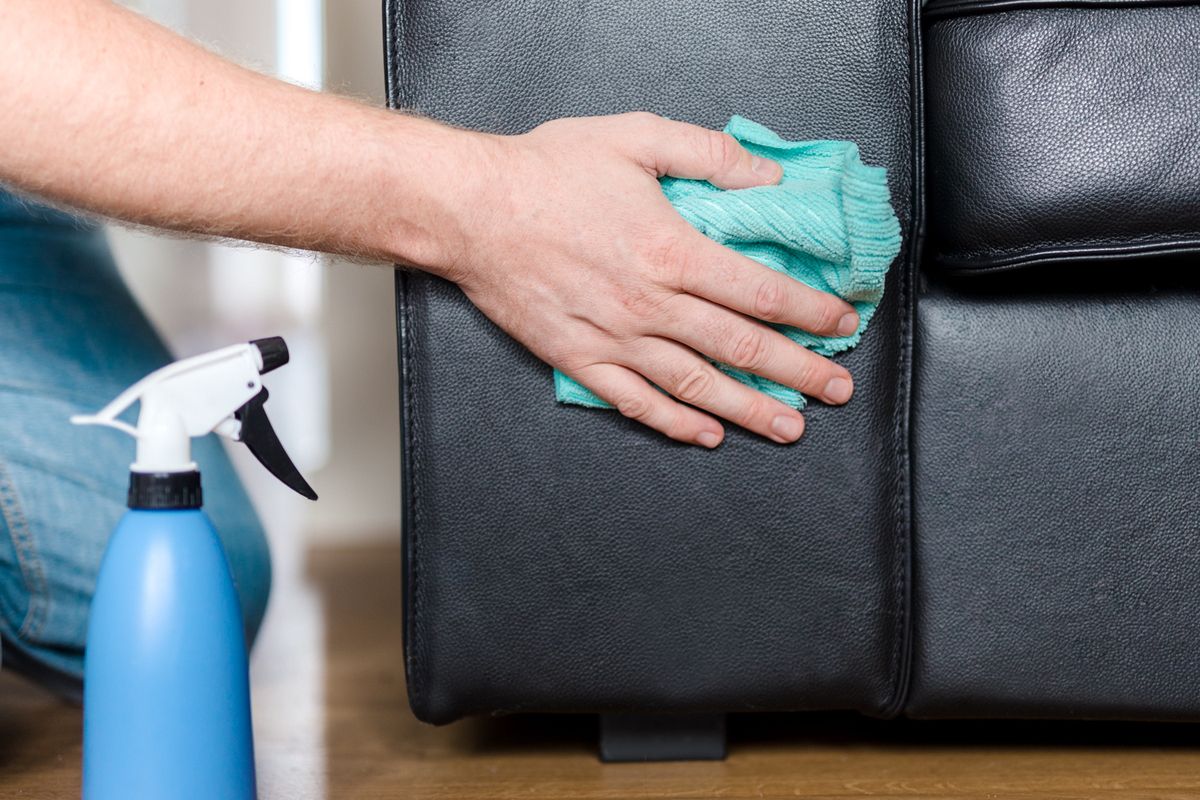

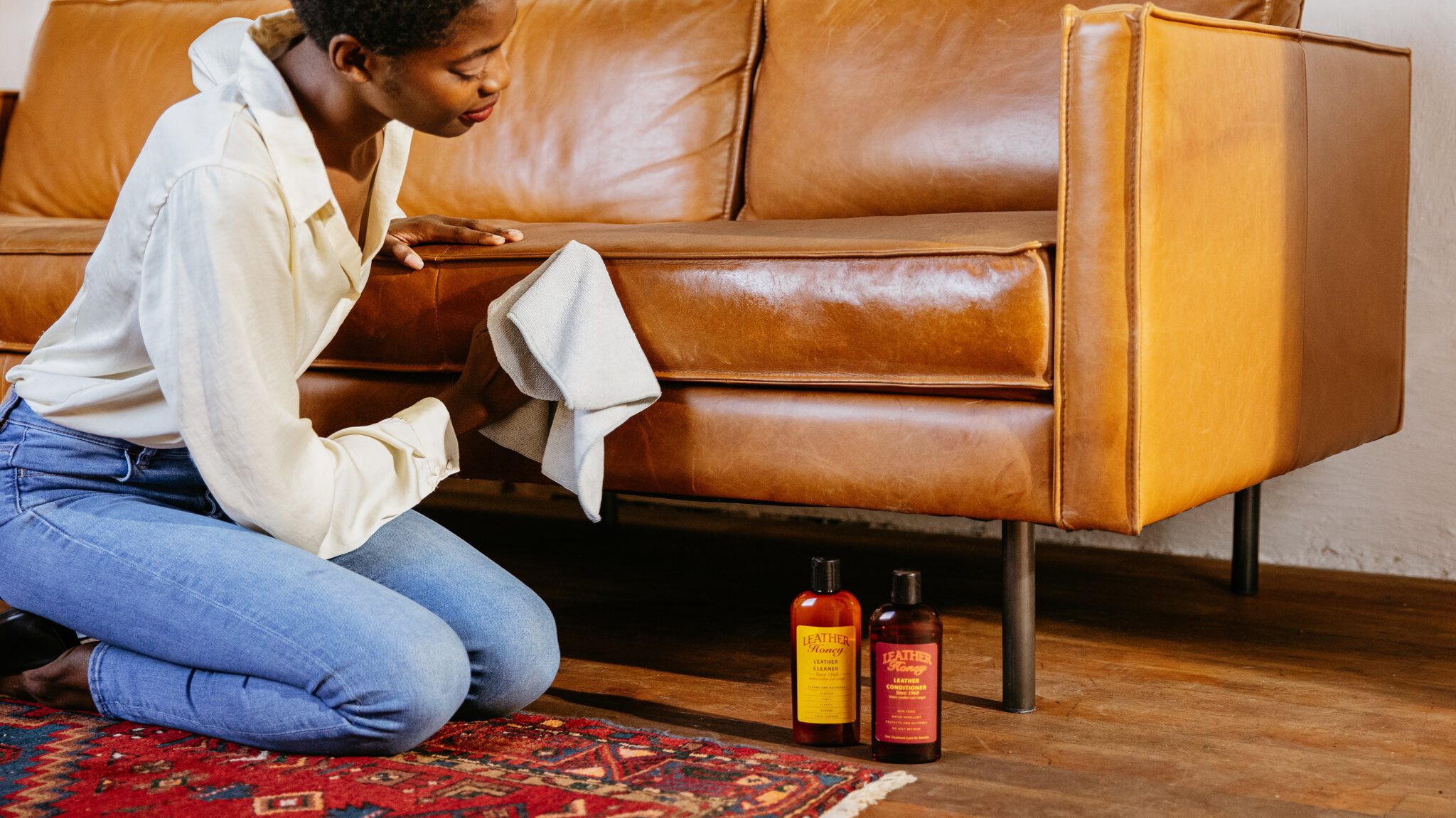
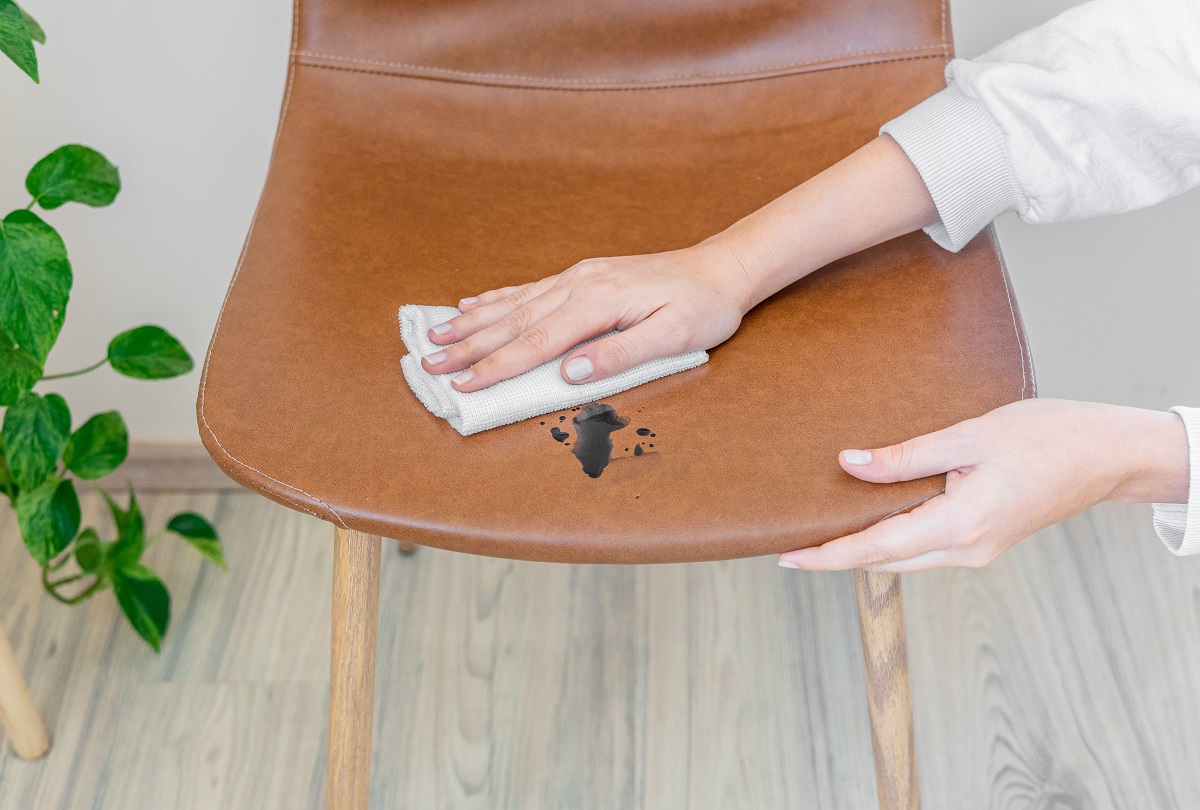

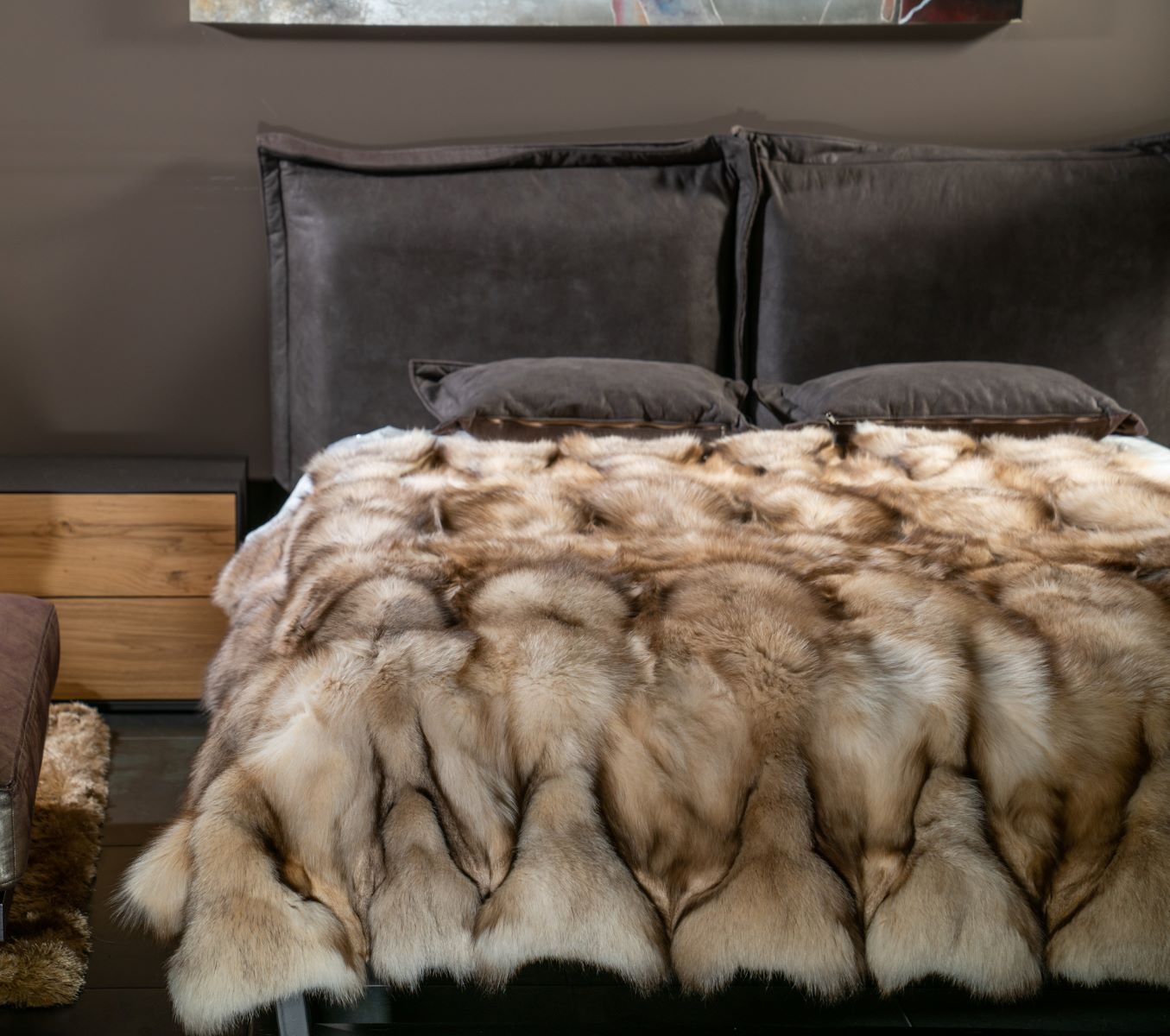

0 thoughts on “How To Clean Faux Leather And Retain Its Authentic Look”